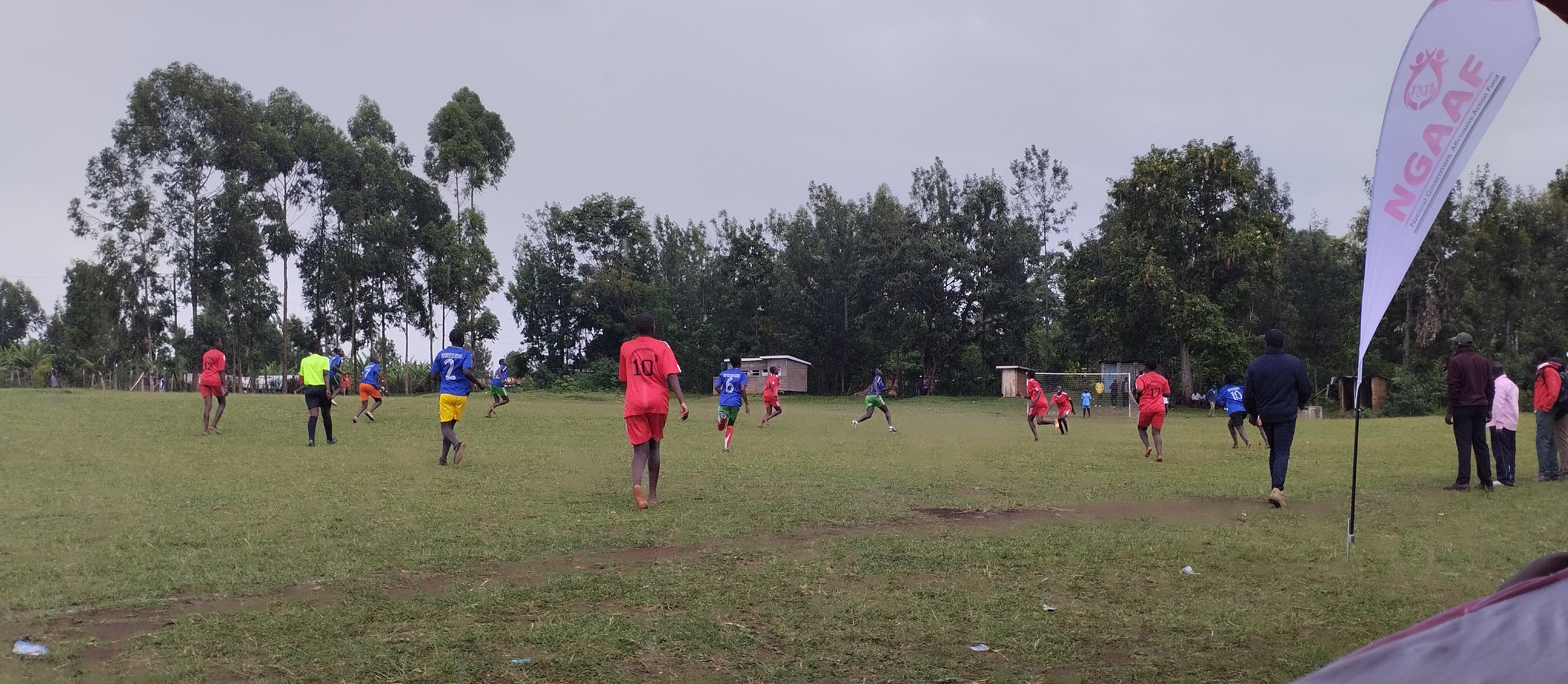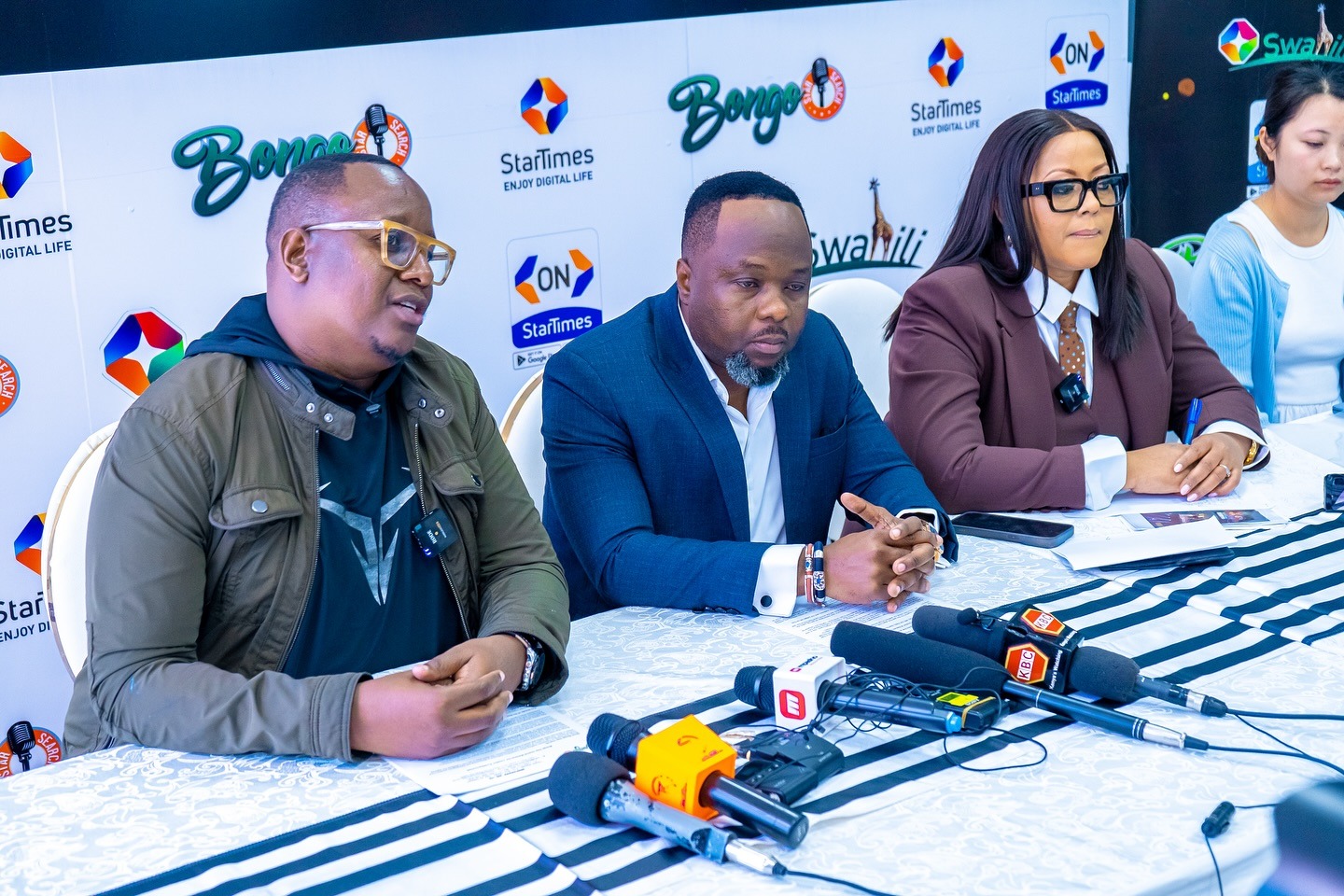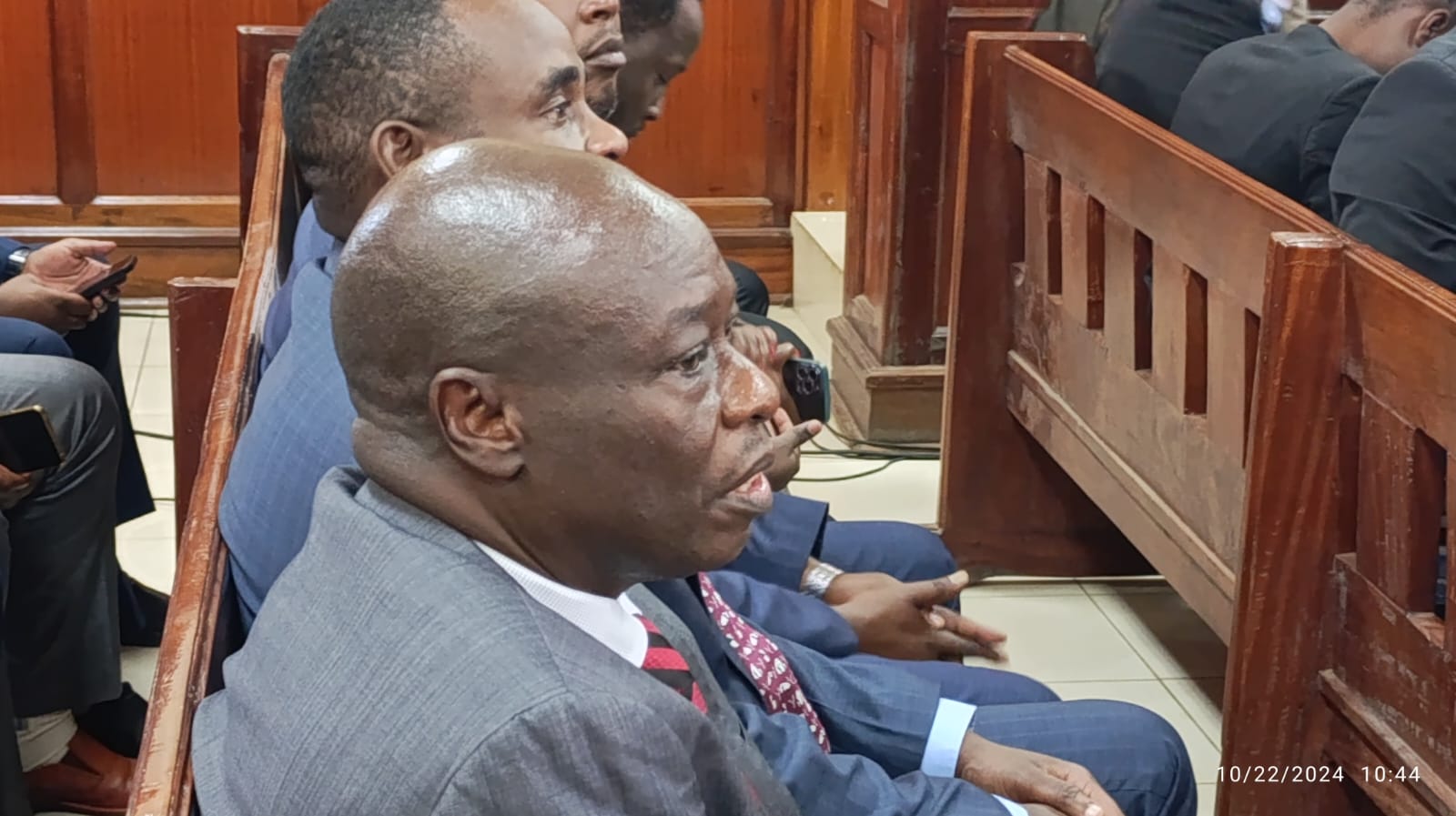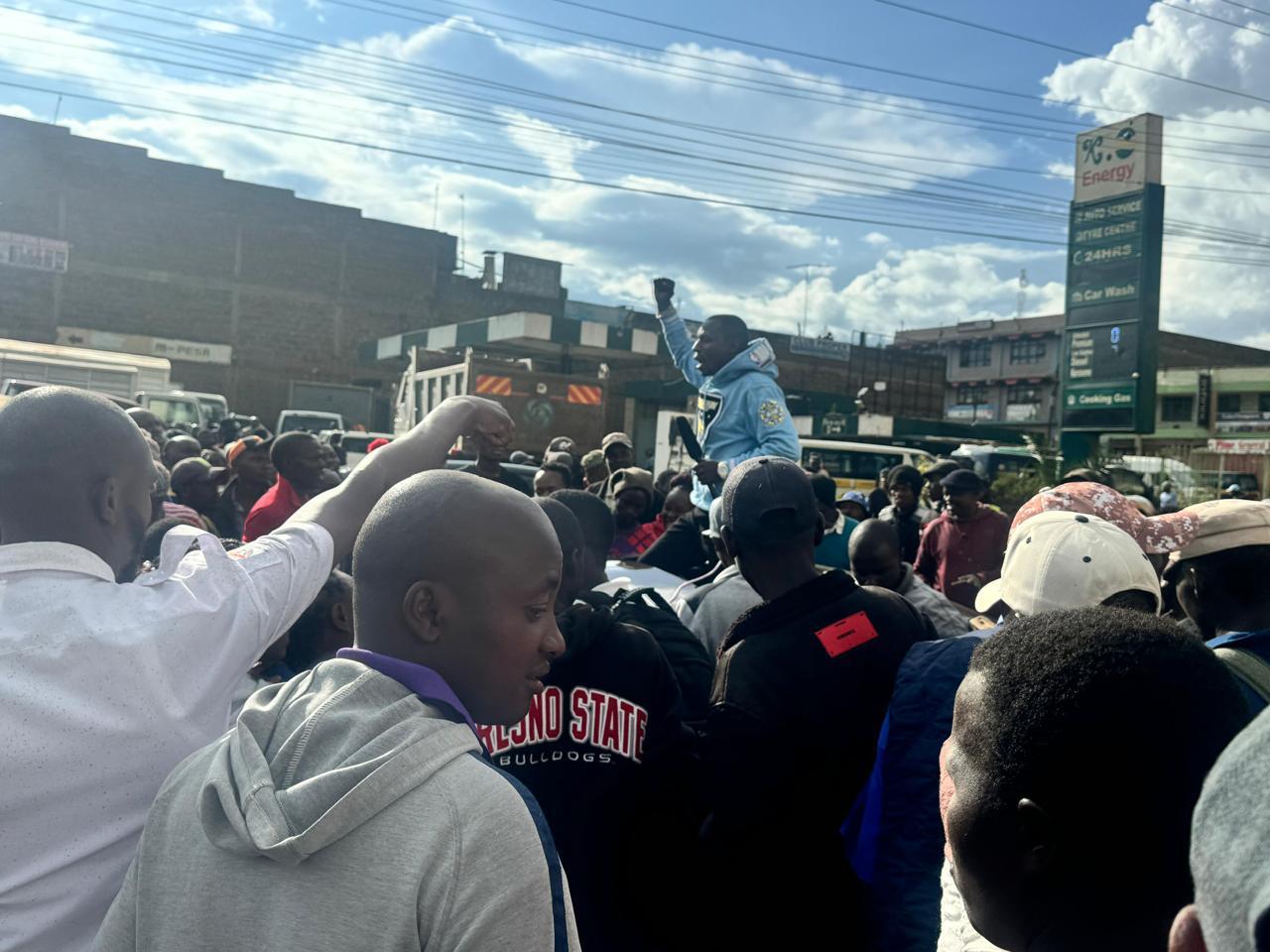Why Uhuru won’t let Sonko go
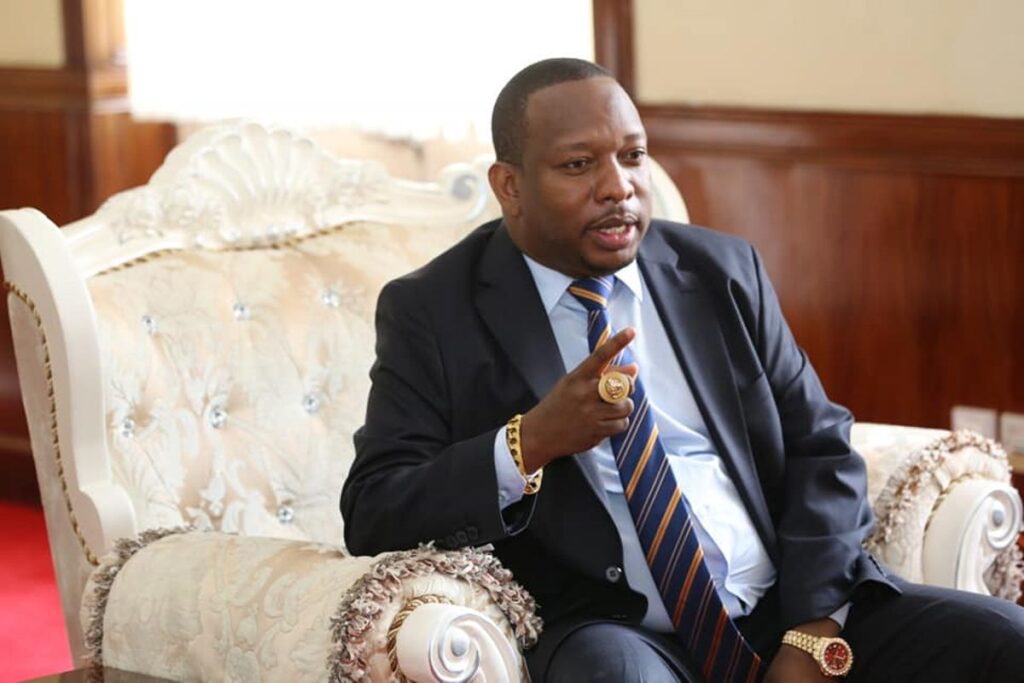
By Adieri Mulaa
In the run up to the last General Election in August 2017, Senator Mike Sonko was quite instrumental in popularizing the ruling Jubilee Party in Nairobi and Mombasa, which were opposition ODM strongholds.
The flamboyant Senator for Nairobi at the time exploited a popular personality ego, which he wielded enormously among the youth, to campaign for President Kenyatta’s re-election.
And through a well-orchestrated publicity campaign, Senator Sonko also clinched the party’s gubernatorial ticket for Nairobi City County, beating other contenders in the primaries.
READ ALSO: Sonko calls on young girls to stop Abortion,disposing of babies
Although he was initially seen as an underdog by the Jubilee party insiders, based on his ethnic vote support in Nairobi, Sonko easily beat the other aspirants – Peter Kenneth and Denise Waweru. He proceeded to wrestle the coveted seat of Nairobi governor from the incumbent, Dr Evans Kidero of ODM party under the NASA coalition.
Fast forward, early this year, Governor Sonko stared at a possible removal from office through a planned impeachment by Members of Nairobi County Assembly. However, the MCAs’ plan was nipped in the bud by President Kenyatta.
Several underlying factors informed why President Kenyatta would not let governor Sonko go, in the face of a well hatched process.
READ ALSO: Ruto’s New Plan to Capture Nairobi
On the political front, Sonko is credited for his personal iniative which popularised Jubilee party in two key ODM strongholds – Nairobi and Mombasa, where President Kenyatta needed to secure atleast 25 per cent of the votes cast in the last General Election.
Certainly, President Kenyatta has remained alive to the fact that Sonko played a pivotal role in his re-election campaign to the home stretch, especially in the vote rich capital city and the Coast region. The two regions were predominantly under ODM but the president needed to secure atleast a 25 per cent vote count in each one.
Article 138 of the Constitution provides that where two or more candidates for President are nominated, a candidate shall be declared elected as President if the candidate receives more than half of all votes cast in the election; and at least twenty – five per cent of the votes cast in each of more than half of the counties.
Initially, Uhuru was said to have given Mr Kenneth a nod behind the scenes as his choice for the Nairobi gubernatorial position before the primaries. But the latter could not stand the political heat already generated by Sonko in the vote rich city’s slum habitats and middle level suburbs, where he had already captured many followers as the people’s choice.
Thus, after the party nominations in May 2017, President Kenyatta and Deputy President William Ruto threw their weight behind Sonko. They described him as the right person for governor of Nairobi because he understood the problems bedevilling the capital city.
Sonko had earlier on claimed that some people close to the president had hatched a plot to lock him out of the Jubilee party nominations.
But Deputy President Ruto was more candid then. While accompanying the president on a city campaign tour in Eastlands in May after the nominations, Ruto urged residents to elect Sonko as a person who understood the problems of Nairobi and ignore one who read about their plight on the internet or newspapers. He was apparently mocking Sonko’s opponent, Governor Kidero.
Fast forward, on February 29th this year, President Kenyatta invited all Nairobi MCAs to State House for a closed door meeting. It later emerged that during the meeting, the Head of State communicated two fundamental issues to the MCAs.
One, he forestalled the planned impeachment against the governor. Secondly, he gave direction regarding the management of affairs in Nairobi City County going forward.
Uhuru implored the MCAs to drop the impeachment Motion against Governor Sonko, which was due to be moved in the county assembly. A popular agitation to remove the governor was precipitated by his erratic style of management.
President Kenyatta stepped in when it became apparent that a Notice of Motion given in the House by the Minority Chief Whip, Peter Anyule Imwatok had gained overwhelming support by MCAs across the political divide.
Hence, the president seized the opportunity to spell out his agenda for the city by introducing a new instrument of service delivery – the Nairobi Metropolitan Services, which would take over some key functions of the county government.
Apparently, Sonko had at the time been rendered impotent by the imminet Motion to remove him, which placed him between a rock and hard surface. Thus, for the governor, acceding to Uhuru’s decision gave him a soft landing.
Even though, it may be lost to many that President Kenyatta held his first meeting with the newly elected leaders of Nairobi at State House in August 2017. It was then when he reportedly declared he was the “super governor” and he intended to make the city a flagship metropolis to showcase his legacy.
Effectively, the president told the newly elected leaders to contend with him in the running of city affairs from day one. It was also at the meeting where Uhuru revealed he had personally head hunted for deputy governor Polycarp Igathe and Nairobi Senator Johnson Sakaja.
NMS game plan
By establishment of the NMS, the president is walking the talk to actualise his plans. To achieve this, he had to secure the governor from an impeachment process, which could have occassioned a by-election and disrupted his plans through the NMS.
President Kenyatta’s motive for the NMS may have also been aggravated by the abrupt resignation of deputy governor Igathe after he encountered a frosty and hard to bear working relationship with Sonko.
Apparently, President Kenyatta would not have been able to effectively implement his noble agenda of making Nairobi a flagship metropolis, had the county executive been disrupted by impeachment of the governor.
In the past two months, the NMS boss Mohammed Badi and Sonko have not been reading from the same script.Their supremacy battles have spiraled to the assembly, with speaker Beatrice Elachi and a section of the MCAs fronting support for Badi.
Some 60 MCAs have chosen to remain loyal to Sonko and the differences are threatening to scattle proceedings at the county assembly and eventually service delivery to residents.
Uhuru to chair special committee
To settle the dispute between the two factions, the Intergovernmental Relations Technical Committee for resolution will now take over the matter.
This comes after the issuance of a notice of declaration of dispute by Governor Mike Sonko to Devolution Cabinet Secretary Eugene Wamalwa.
According to the constitution’s Clause 9.2 on the deed of transfer, functions can only regress to the county administration by mutual written consent between the two levels of government.
That is why the matter has been referred to the National and County Governments Coordinating Summit chaired by President Uhuru Kenyatta.

